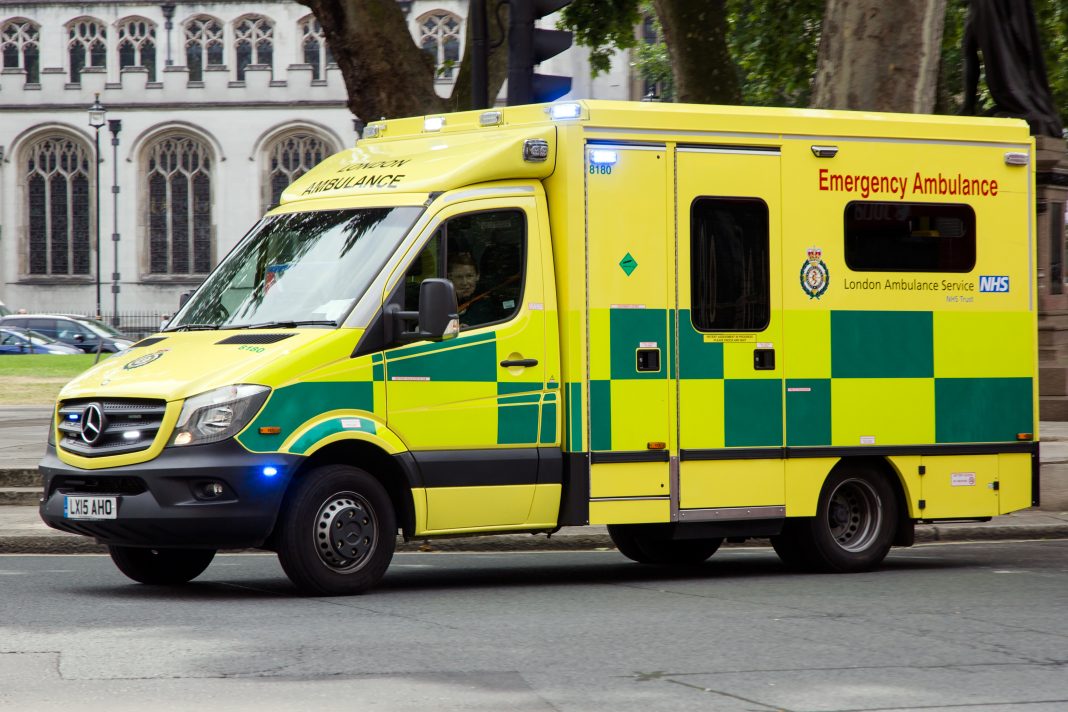Wayne Miller, Healthcare Director EMEA at Zebra Technologies discusses why technology is the key to a successful NHS Long Term Plan
In an aim to future proof its services, the NHS recently unveiled a Long Term Plan. Developed with the help of insight and ideas from people working in or alongside the NHS, it describes how the £20 billion funding promised by Theresa May in 2018 will be spent during the next 10 years.
Technology will play a crucial role in the evolution of this plan, with the NHS proposing investment in all key departments and community projects. As fine details are determined on the plan, it is important to recognise the innovative ways that the NHS is already using technology to provide more continuity and integration of the services it is providing.
Several NHS institutions have stepped away from antiquated, time-consuming processes that are still used widely throughout the service, investing in new digital systems to increase the efficiency and safety of the processes, giving health professionals more time to spend with patients.
More time to spend with patients
Spending too much time on administrative tasks is one of the most common complaints from physicians working in the NHS, as it significantly reduces the amount of time spent with patients. Any NHS staff member will tell you that shrinking the burden put on hospitals is essential; a mere glance at the discharge data and waiting time targets is enough to understand that the service is battling with severe supply and demand challenges.
The Lancashire NHS Hospital Trust identified this issue within its services, which lead it to invest in Zebra technology to maximise the time healthcare staff spent with patients.
The Trust deployed Zebra’s hand-held mobile computers with the aim of transforming medical consumable inventory management and improving the efficiency of supply chain and asset management.
The outcome of using this solution was the saving of £5 million of the Trust’s money on balance sheet adjustments and significantly more time for physicians to spend with patients.
Technology to improve patient safety
The safety of patients is at the core of everything the NHS does and is also a major priority for any investment in the service.
Leeds Teaching Hospital approached Zebra as part of its Scan4Safety initiative to improve patient safety and staff time management. Zebra installed digital printers and barcoded wristbands to allow digital tracking of patients throughout their time at the hospital, enabling staff to monitor their progress through treatments.
This created a reliable way of digitally updating all medical records to ensure that they are accurate and current.
Greater efficiency in inventory management and stock control
During a revaluation of its inventory management system, Taunton and Somerset NHS Foundation Trust chose to use Zebra’s handheld scanners to automatically replenish inventory and to track and trace products.
The integration of these technologies lead to an improvement in the number of time physicians were able to spend with patients, as they no longer had to manually update stock levels, leading to an 84% reduction on time spent on administrative tasks. The new system enabled the Trust to minimise wastage, cut stock obsolescence and the amount of storage space used and improve general patient wellbeing.
Technology is already having a massive impact on improving healthcare services, ultimately helping to save lives and maximise physician-patient interaction. However, this is only the beginning. Going forward, there is great potential for the role of technology in healthcare but trusts and hospitals must work together.
Effective integration is key and will mean that moving patients throughout the service in a more efficient manner will not only be more cost effective but create less work for health professionals.
If the NHS long term plan is to succeed and provide a streamlined health service that delivers continuity and reassurance to patients who need it most, it must take an integrated approach to innovation.











